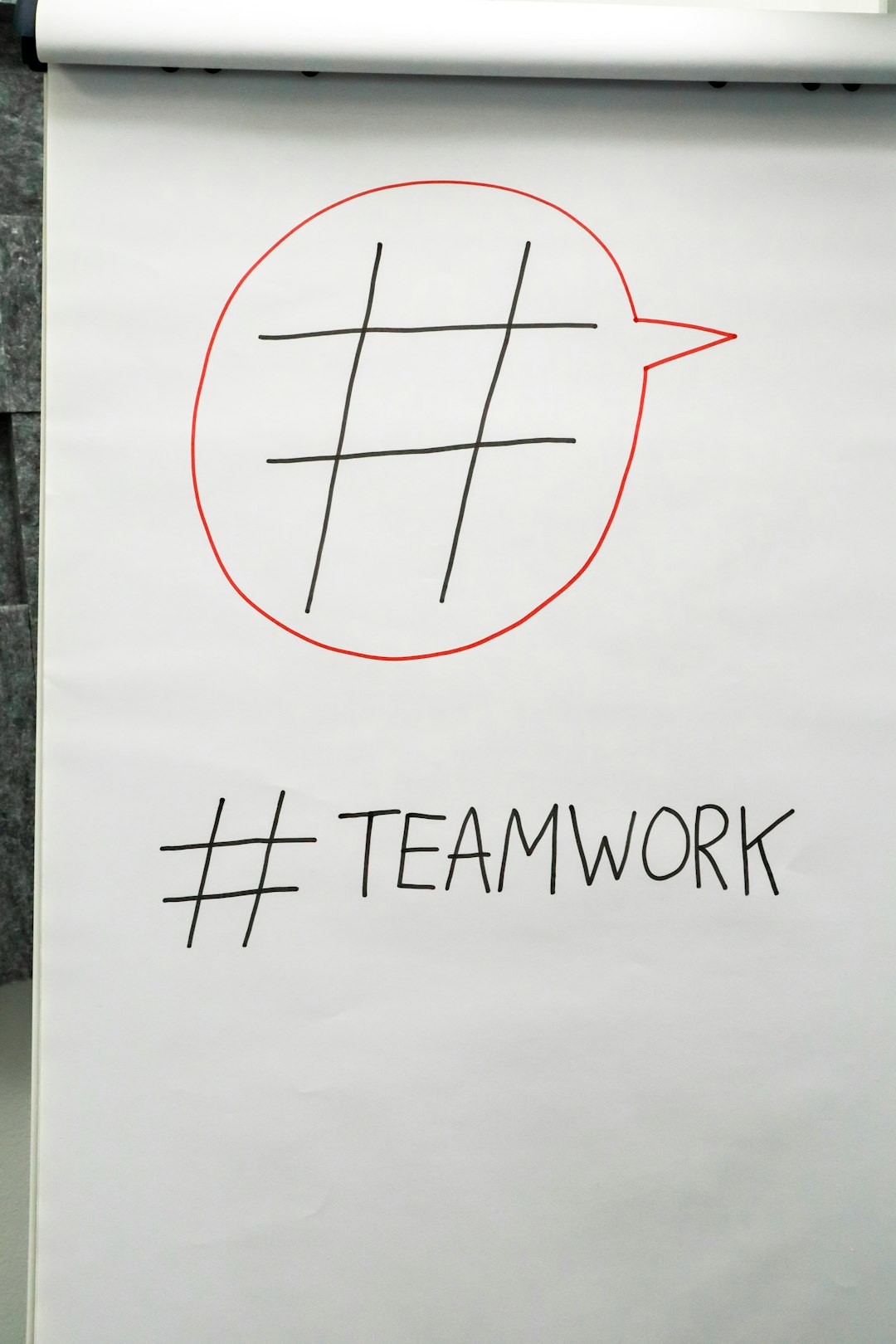As organizations evolve and the workforce becomes increasingly dynamic, the need for effective performance management tools has grown tremendously. Traditional annual reviews are now being replaced by modern, continuous feedback systems that help nurture talent and drive business results. Choosing the right performance review software can significantly influence employee productivity, engagement, and overall company culture. Here are five must-have features every modern performance review software solution should include.
1. Real-Time Feedback and Continuous Check-Ins
Modern performance review tools must support real-time feedback, allowing employees and managers to engage in meaningful conversations throughout the year. This ongoing evaluation structure fosters immediate recognition and correction, which helps build an agile, growth-oriented culture.
Continuous check-ins enable tracking of goals and performance metrics over time, rather than relying solely on annual assessments.

2. Goal Setting and Tracking
The software should provide SMART goal management—Specific, Measurable, Achievable, Relevant, and Time-bound—so both employees and managers can align expectations clearly. Integrated goal tracking ensures accountability and provides a roadmap to success at both individual and company levels.
With visual dashboards and automated reminders, employees are better equipped to stay on track, and managers can easily identify progress or roadblocks.
3. Integration with Other Tools
Interoperability is a critical feature in modern HR ecosystems. The performance review software should seamlessly integrate with tools like Slack, Microsoft Teams, Outlook, and HRMS platforms such as BambooHR or Workday.
This allows for minimal disruption in an employee’s workflow and enhances the implementation of feedback into daily routines. Integration also strengthens data collection and reporting by connecting all HR-related systems in one unified platform.
4. Customizable Review Templates and Questionnaires
Every organization has its unique culture, processes, and performance metrics. A modern review tool should offer flexible evaluation forms and customizable templates to align with organizational goals.
From self-assessments and peer reviews to manager evaluations, the tool must support diverse review formats and tailored questions. This ensures more relevant evaluations and higher engagement from participants.

5. Analytics and Performance Insights
Actionable insights are increasingly vital in a data-driven HR world. Advanced analytics help HR professionals and managers make informed decisions about talent development, compensation, promotions, and succession planning.
Look for a solution that offers visual reports, engagement metrics, trend analysis, and benchmarking tools. This transforms reviews from mere administrative tasks into strategic tools that foster employee growth and operational efficiency.
FAQ
- Q: How often should performance reviews be conducted?
A: While annual reviews are still common, many companies are shifting toward quarterly or even monthly check-ins to offer more timely feedback and stay aligned on goals. - Q: Can performance review software help with remote teams?
A: Absolutely. These tools are especially useful for remote or hybrid teams, enabling continuous feedback, tracking performance from anywhere, and maintaining team engagement. - Q: Is it possible to use the software for both small teams and large enterprises?
A: Yes, most modern performance review platforms are scalable. They can serve both startups and large enterprises thanks to flexible features, templates, and integration options. - Q: Are performance review platforms secure for storing sensitive employee data?
A: Top-tier solutions prioritize data privacy and compliance with regulations like GDPR. Ensure the platform offers encryption, access controls, and regular security audits. - Q: What’s the average cost of a good performance review software?
A: Pricing varies depending on features and organization size but typically ranges from $3 to $10 per user/month. Some vendors also offer customized enterprise pricing.
